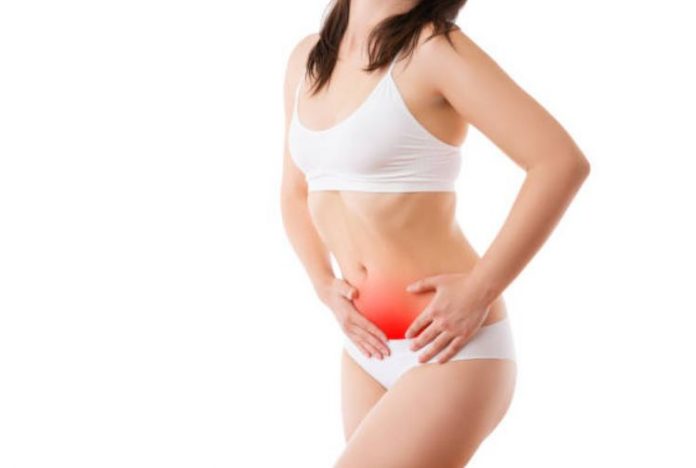Endometriosis is a disorder of the female reproductive system. It is frequently painful, and may be more common than previously thought.
Endometriosis occurs when the endometrium, which normally lines the inside of the uterus, becomes displaced to other parts of the body, and continues to break down and bleed.
In the normal process, the endometrium thickens each month, to prepare for possible pregnancy.
If pregnancy does not occur, the endometrium eventually sheds, leading to menstruation.
For some women, though, the endometrium moves to other parts of the reproductive system, including the fallopian tubes, the ovaries, and the inside of the pelvis.
As previously mentioned, the endometrium will continue its usual cycle of breaking down and bleeding.
When the endometrium is trapped in any place outside of the uterus, the breakdown of the endometrial tissue can lead to blood being trapped between the tissues, leading to irritation in the affected area.
This trapped blood may lead to cysts, which in turn may form scars and adhesions. These scars and adhesions can lead to immediate pain and eventual fertility problems.
Endometriosis ranges from mild to severe, and it tends to worsen over time if left untreated.
Some women experience no pain or discomfort, and therefore don’t even know they have the disease until their physician confirms it.
For other women, the signs and symptoms of endometriosis are noticeable and painful.
The symptoms of endometriosis include:
Painful periods (also known as dysmenorrhea).
This pain may begin several days before the menstrual cycle and continue for several days afterwards. It will often present as pain in the lower back and abdomen.
Excessive bleeding.
Sufferers tend to experience very heavy menstrual cycles, and may experience bleeding between cycles.
Pain in the pelvic area or back.
Random, deep pain in the pelvic area, during intercourse, or while ovulating can signal the presence of endometriosis.
However, severity of pain is not an indicator of the severity of the diagnosis.
Some women with mild endometriosis experience significant pain, while others experience little or no pain at all.
Finally, infertility is another symptom of endometriosis. Sometimes, women are diagnosed with endometriosis when first seeking treatment for fertility problems.
The causes of endometriosis are uncertain; though several theories are currently being investigated.
Endometriosis is most likely in women who do not have children, or who have some medical condition that impedes the normal menstrual flow. It impacts women of all ages and races.
Treatment options for endometriosis include pain medications, hormone therapy, conservative surgery, and, in the most severe cases, total hysterectomy.
Pain medications are used to control the pain, and hormone therapy may be prescribed when over-the-counter pain medications are not effective.
Hormonal therapy is aimed at reducing the amount of endometrial growth, which will reduce the signs and symptoms of the illness.
In cases where endometriosis cannot be controlled by these interventions, conservative surgery may be considered.
This type of surgery focuses on removing the implants, scars, and adhesions that are likely causing the pain.
In the most severe cases, total hysterectomy and removal of both ovaries is the treatment of choice.
This, obviously, is best for women who either have had all the children they want to have, or who do not plan to have children at all.
Unfortunately, there are no guidelines to prevent endometriosis. The best suggestion is to try and have children as soon as your circumstances allow.
Endometriosis is a painful condition of the female reproductive system. It can result in pain during the menstrual cycle, and in infertility. It impacts women of all races and ages.
The best defense is regular medical care, and the appropriate medical intervention if the signs of endometriosis are present.

